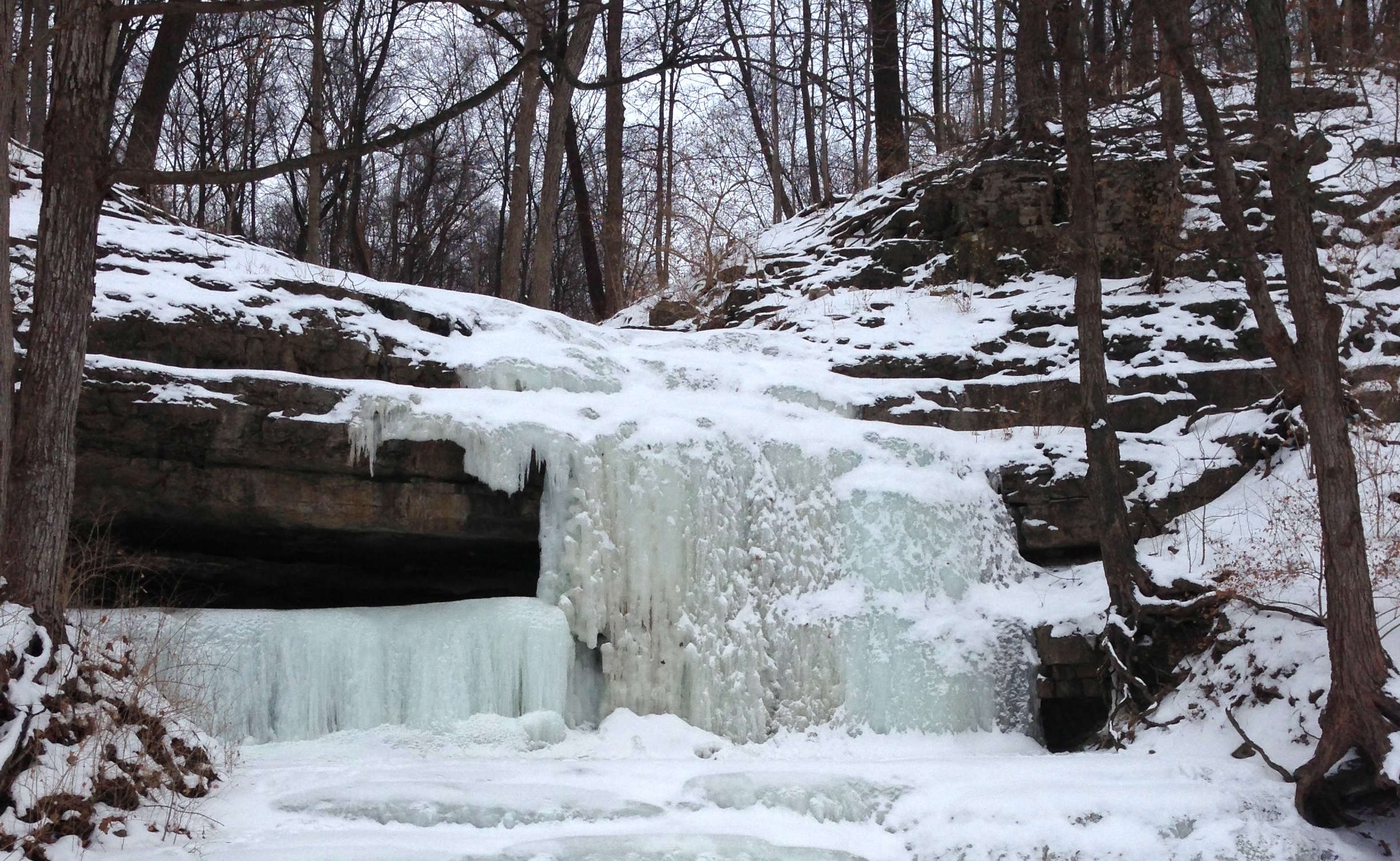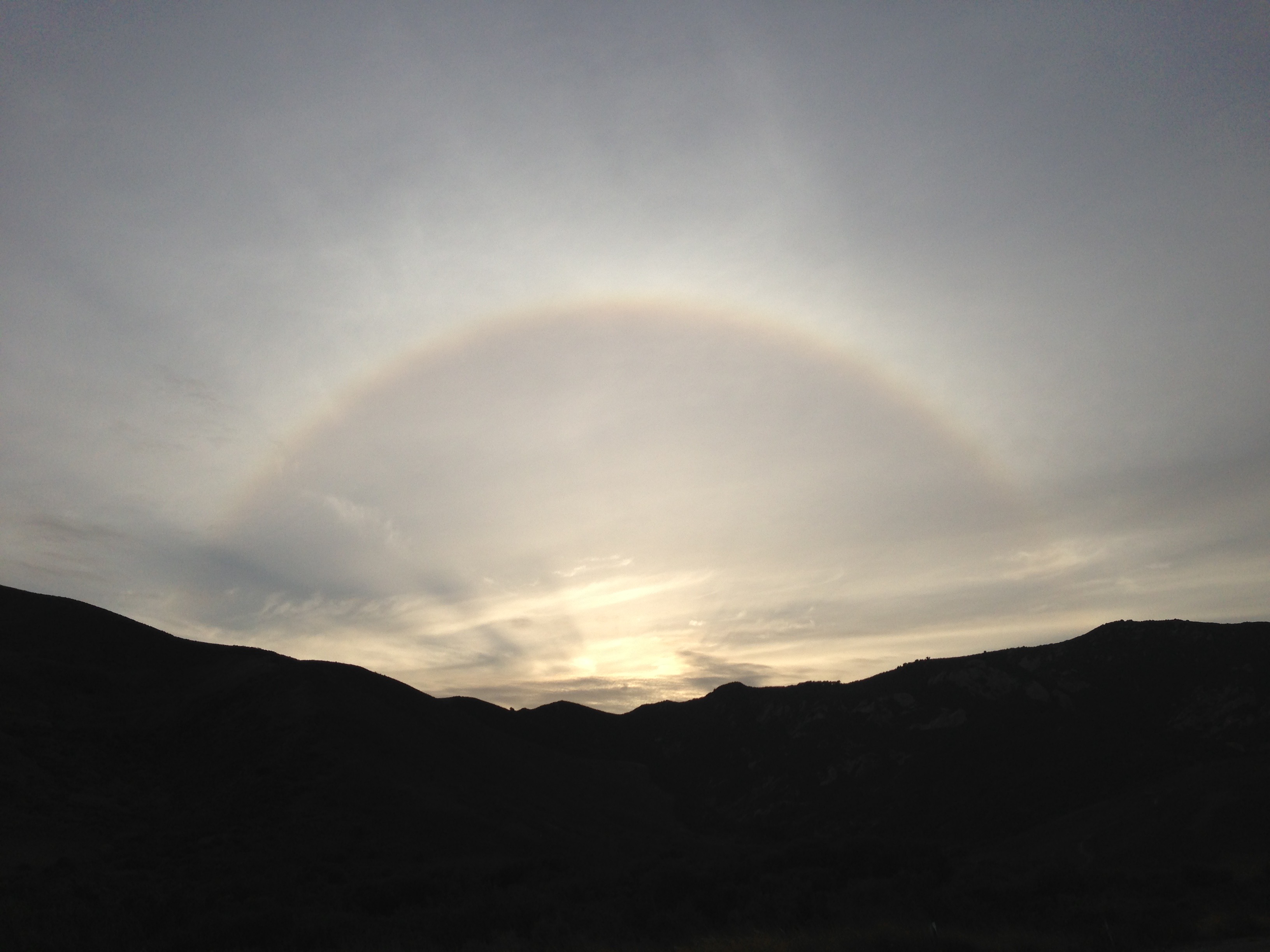To me, poetry and science are alike. They both make improbable connections between the seemingly unrelated, find meter, math and rhyme for what would be prosaic, and describe patterns that make an otherwise random universe articulate. While the methodologies and values might diverge, I see the humanities and sciences as shared ventures in the making of meaning.
But this was not always the case. Beginning in high school and continuing in college, I gravitated toward the humanities because what I could write or play felt immediate, cathartic, and even unique. This subjectivity stood in contrast to disciplines where the answers to odd questions were in the back of the book and where, at least in high school, memorization seemed paramount. I did not yet appreciate how advanced science also grapples with ambiguity nor how neuroscience had become integral to fields like psychology. In as much as adolescence and early adulthood were about self- and intersubjective discovery, the humanities seemed to offer more fitting tools.
Yet in grade and middle school, I would probably have said I was more interested in science. I reveled in trips to my hometown's St. Louis Science Center, where I particularly remember gazing up in the planetarium, whispering into parabolic dishes and being transfixed by a video of the collapse of an ill-designed suspension bridge nicknamed Galloping Gertie. Just as memorable were the Center's lifesize dinosaur animatronics, replete with a triceratops and T-Rex. In my free time at home, I would draw imaginary spacecraft, bridges, floor plans and city maps, spending dozens of hours evolving their form on 8.5 x 11 in. canvases. More than once, I filled an empty fish tank with water, then poured in a glass of milk just to watch the white liquid billow and dissolve. With a scientist's curiosity, I marveled at how things worked.
However removed from the humanities these pursuits might appear, though, there was always a narrative component, be it of planetary and galactic development, how waves propagate or stand, how dinosaurs battle one another to survive, how engineered spaces connect people, or how fluids interact. But perhaps nothing brought together my childhood narrative and scientific imagination—as well as an appreciation for the sublime—like the spectacular drama of weather in the Midwest, a place where cumulonimbus clouds tower like fortresses and cold fronts sweep through like armies. I tracked the data—highs, lows, pressures, dewpoints—and forecasts with an avidness many Americans reserve for major league sports. In fact, one of my first forays into science writing for the public would have been with my high school's weekly newspaper, where, as a senior, I drew from jargon-filled National Weather Service forecast discussions to create a narrative and numerical forecast for the weekend ahead. In a similar venture into science communication, I wrote (unsolicited) a multi-page handwritten report for my statistics teacher, complete with boxplots and bell curves, decrying the casual intermixing of "average" and "normal" by mass media forecasters. For me, precision of data and language were complementary. Conveying data and concepts implied arriving at the best turns of phrase and situating them in an interesting narrative arc.

